The Chernobyl disaster in 1986 left a lasting legacy of devastation, including what is now recognized as the deadliest object on Earth: the Elephant’s Foot. This toxic mass of radioactive material can be lethal within minutes, and its haunting presence continues to reside in the abandoned reactor of Pripyat, Ukraine.
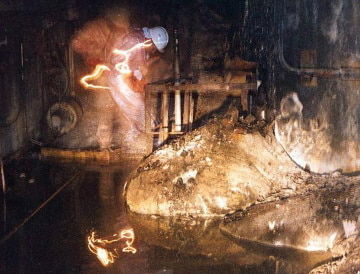
On April 26, 1986, reactor 4 at the Chernobyl nuclear power plant exploded during a safety test, leading to the most severe nuclear disaster in history. The explosion sent over 50 tons of radioactive material into the air, impacting regions as far away as France. The intense heat from the meltdown created a dangerous, lava-like substance that flowed into the reactor’s basement.
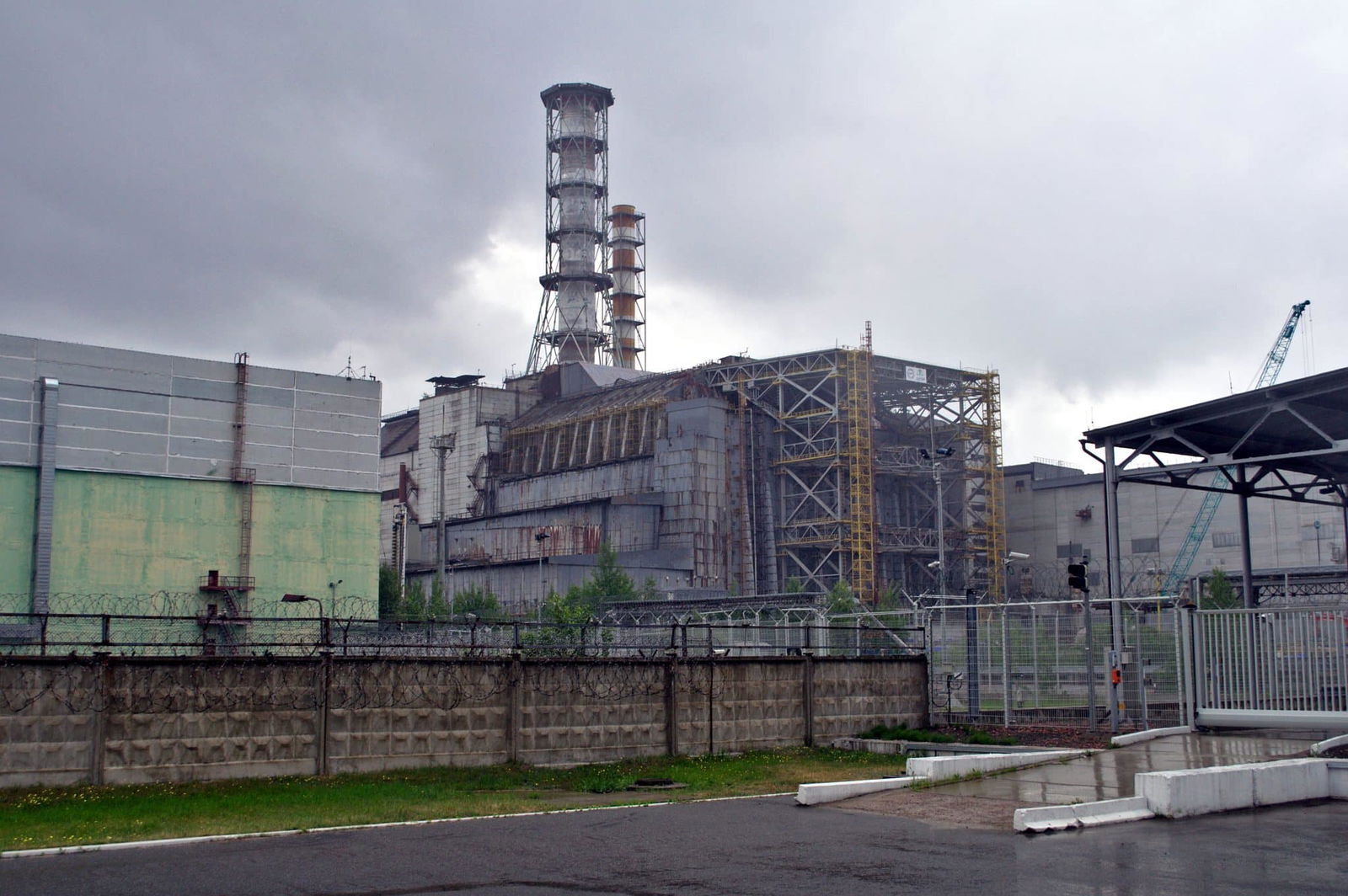
The Elephant’s Foot was first found in December 1986, months after the catastrophe. It is made of corium—a mix of nuclear fuel, molten concrete, and metal, all fused by the reactor’s extreme heat. This mass, resembling an elephant’s wrinkled foot, is one of the most hazardous radioactive materials known to man.
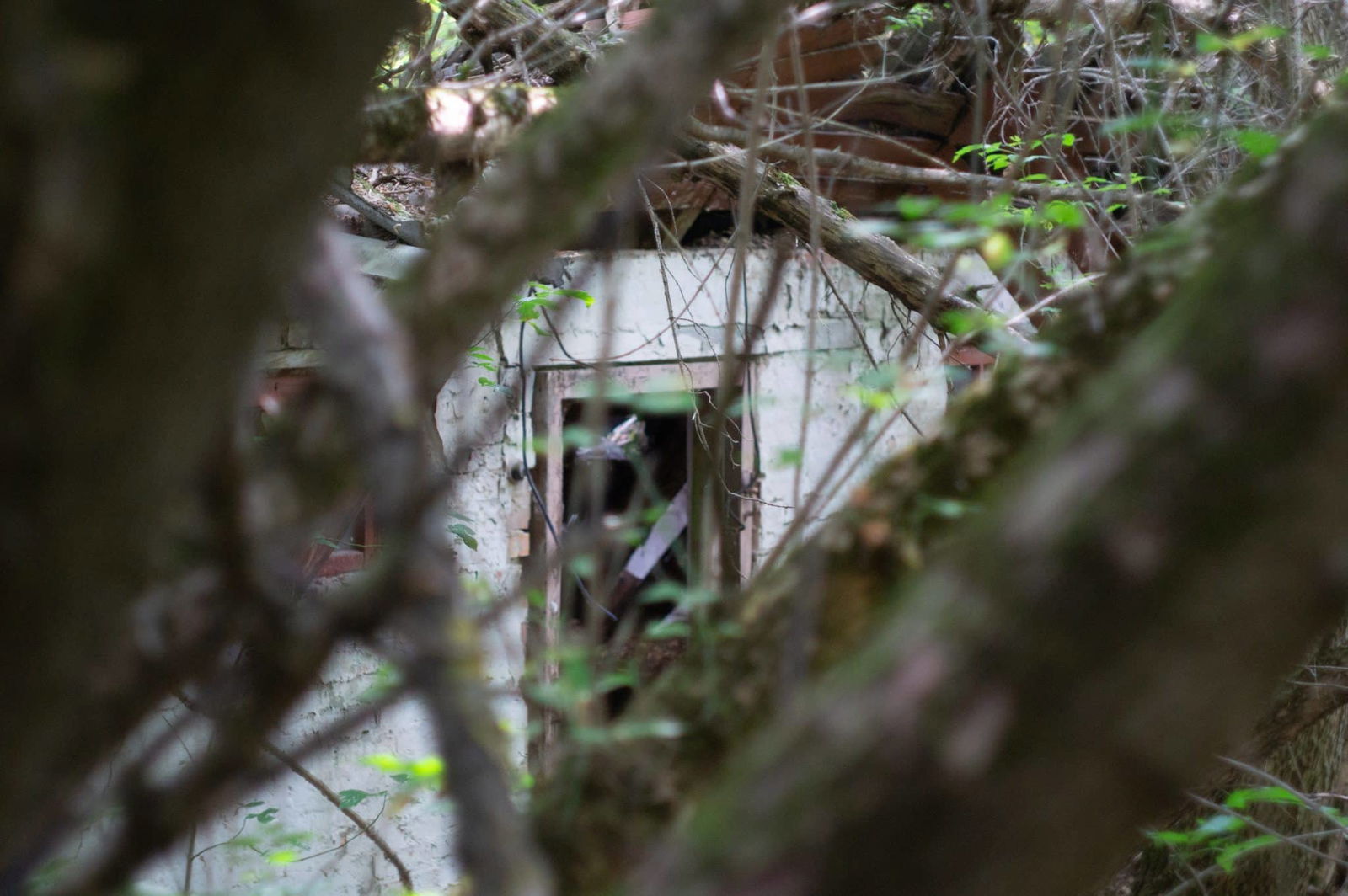
Initially, the Elephant’s Foot emitted radiation levels of 10,000 roentgens per hour. To grasp its danger, just 30 seconds of exposure could cause dizziness and fatigue, two minutes would trigger acute radiation sickness, and five minutes could lead to death within days. Even years later, simply being near it for a short time could prove fatal.

Although its radiation levels have diminished over the years, the Elephant’s Foot still poses a significant threat. Its toxicity ensures it will remain hazardous for tens of thousands of years. Many researchers and emergency workers who documented the object faced severe health risks, with many suffering long-term illnesses from exposure.
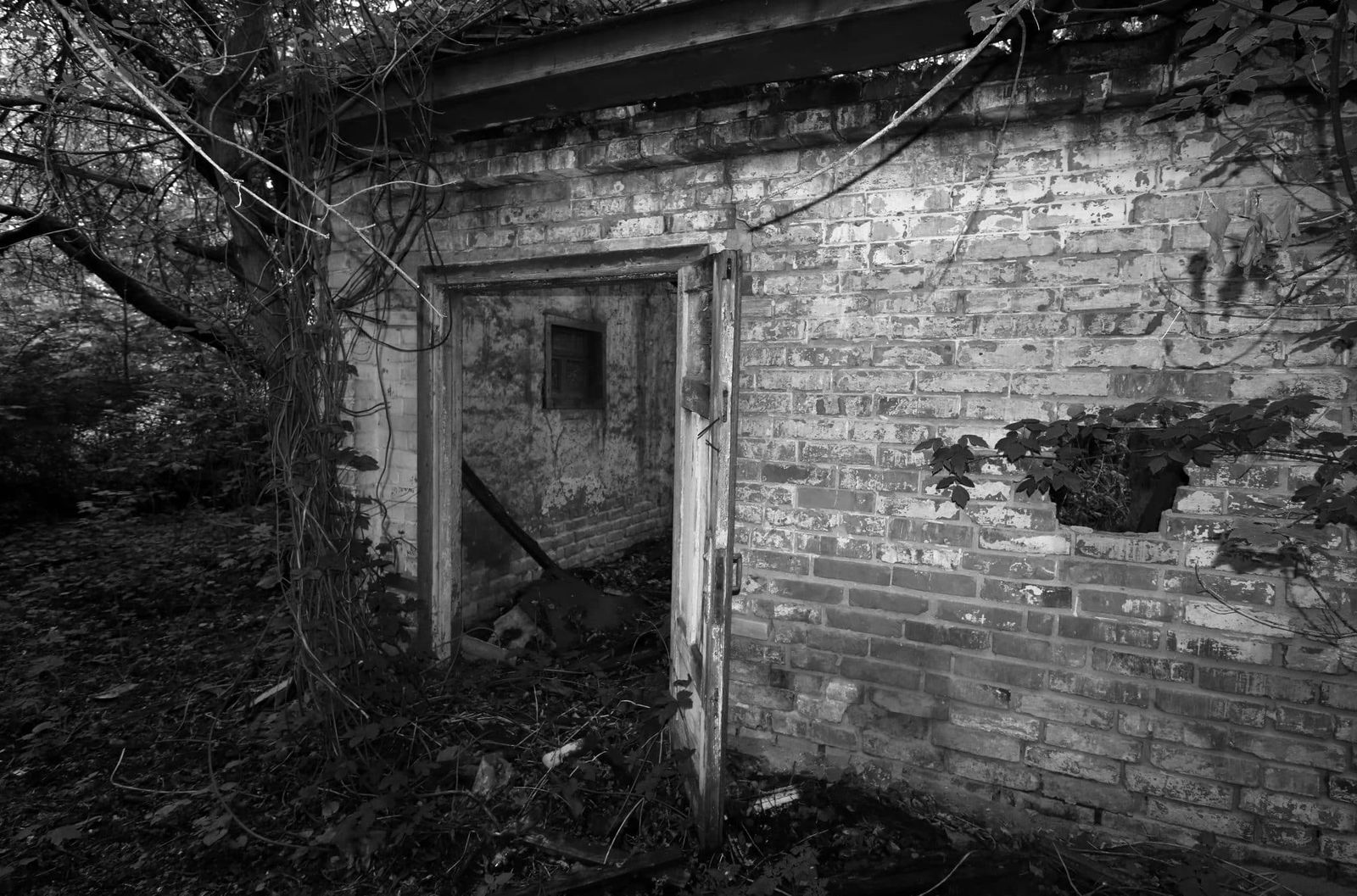
Because of the extreme radiation, it took years before anyone could safely photograph the Elephant’s Foot. The first pictures, taken in 1996, show the solidified mass, emitting an eerie glow in the reactor’s basement. The grainy and haunting images reflect the lethal radiation that affected even the camera film.
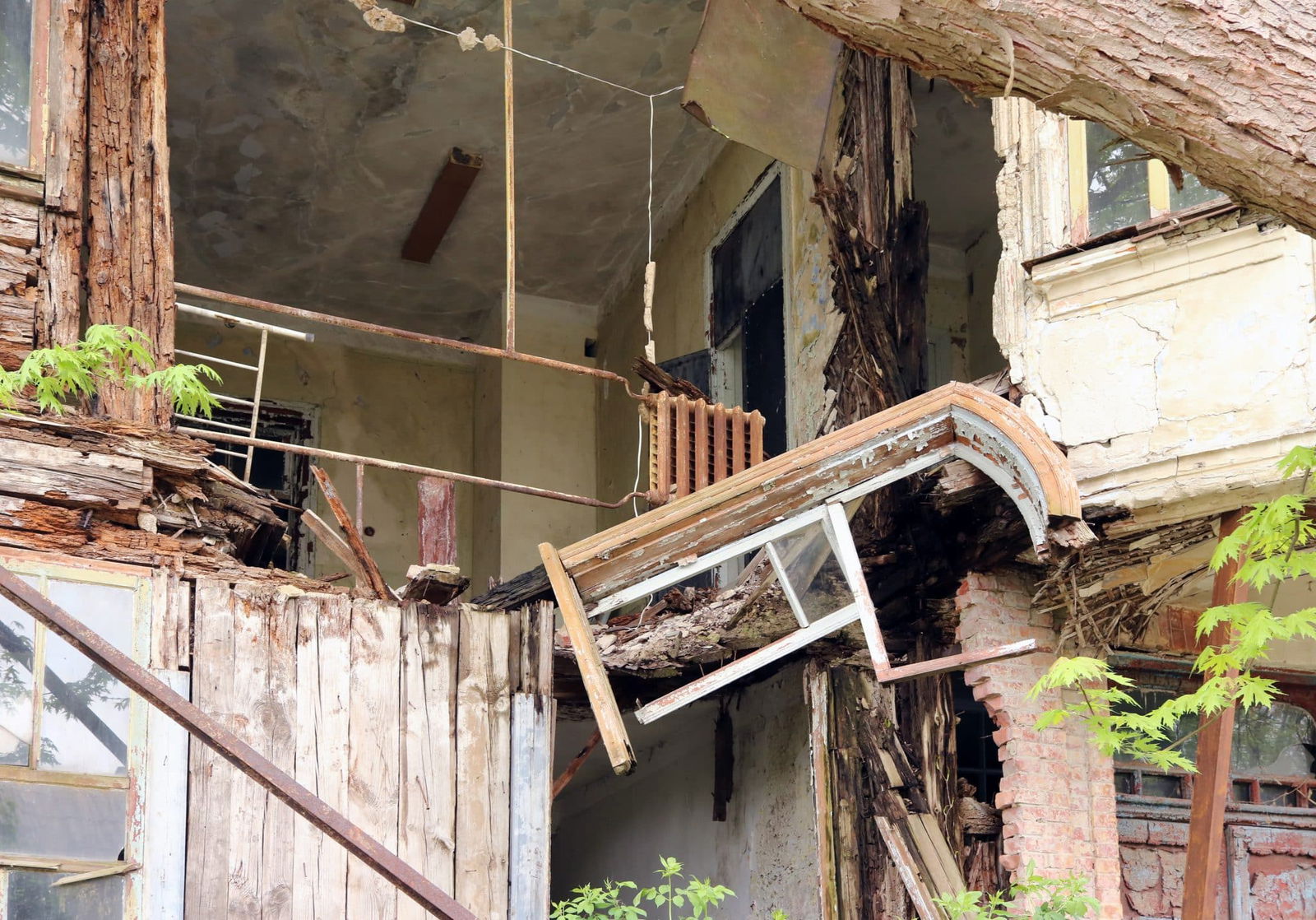
One of the few individuals photographed near the Elephant’s Foot is Artur Korneyev, a radiation expert. His image, taken a decade after the disaster, shows him in protective gear, underscoring the persistent danger. Korneyev endured severe health issues, such as cataracts, due to his exposure, but continued his work to mitigate the disaster’s aftermath.

The Elephant’s Foot stands as a chilling reminder of the devastating potential of nuclear power when safety measures fail. Scientists continue to study the object to understand nuclear disaster impacts better and to create safer ways to handle and contain radioactive materials. Some recent efforts involve replicating the deadly mass’s composition in controlled environments for research without the deadly risk.
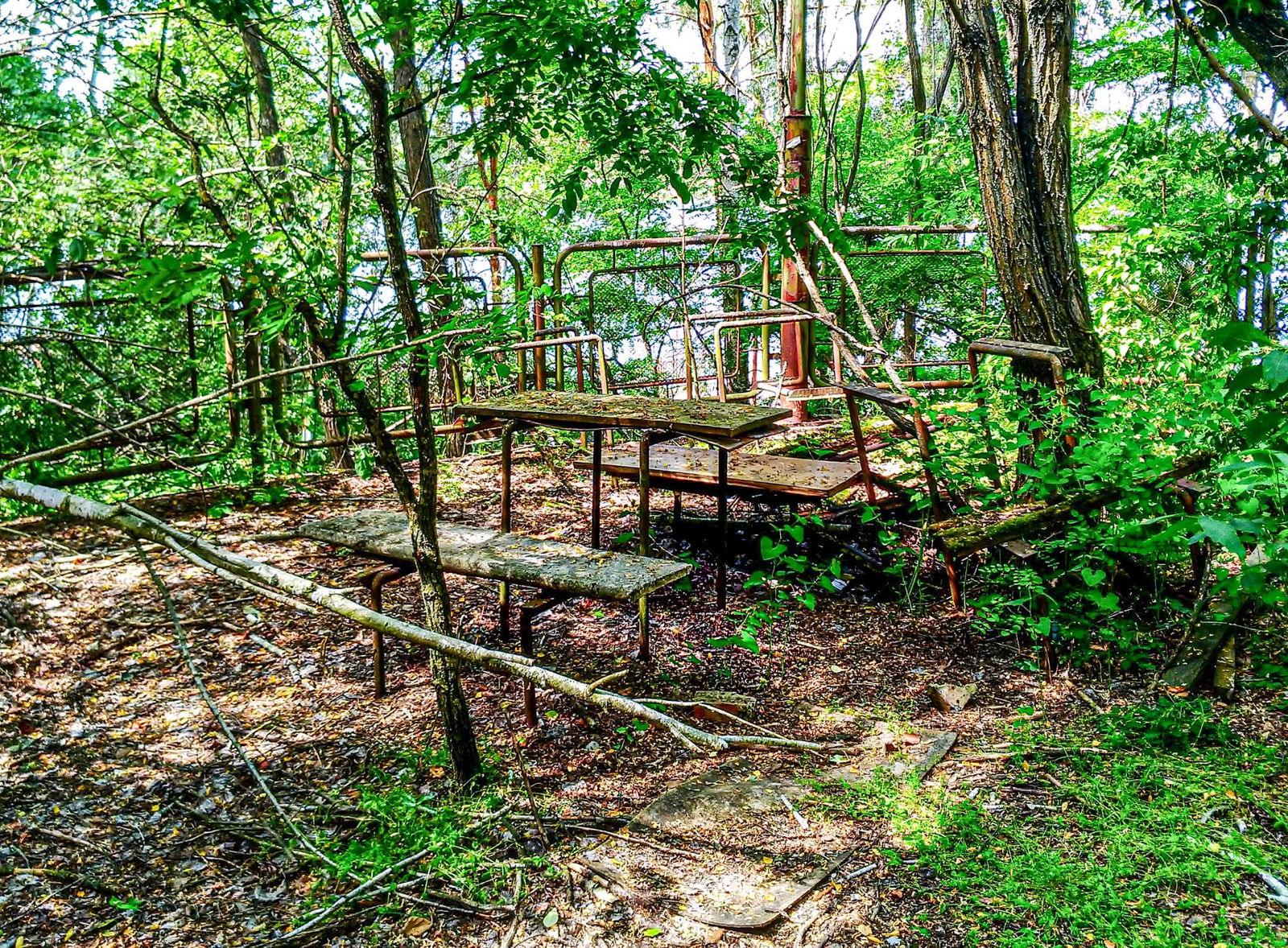
Despite the construction of a new containment structure over Reactor 4, the Chernobyl area remains dangerously radioactive. The exclusion zone, spanning 1,000 square miles around the plant, is still too hazardous for humans to live in. Although wildlife has returned, many animals show signs of mutations and health problems due to the radiation.
